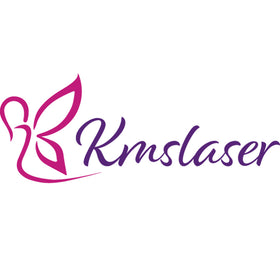Pressotherapy for Post-Surgery Swelling Recovery
How Pressotherapy Aids in Postoperative Fluid Elimination
After surgeries such as liposuction, knee replacement, or abdominoplasty, many patients experience swelling caused by fluid retention in soft tissues. This fluid, known as lymph, can accumulate when the body’s natural drainage system is compromised during the healing process. Pressotherapy helps manage this swelling by using gentle, rhythmic air compression to activate the lymphatic system and stimulate drainage. It mimics the natural movement of muscle contractions, helping to mobilize stagnant fluid and accelerate the healing process—without requiring intense physical movement.
| Post-Surgery Effect | Why It Happens | How Pressotherapy Helps |
|---|---|---|
| Edema / Swelling | Blocked lymph pathways after surgery | Reactivates flow through compression |
| Bruising or hematomas | Fluid buildup and vessel damage | Improves microcirculation to clear discoloration |
| Tissue congestion | Limited movement post-surgery | Stimulates passive lymph transport |
Best-Suited Surgical Procedures for Pressotherapy Support
Not all surgeries require the same type of postoperative care. Pressotherapy is particularly effective after procedures involving body contouring or lower-limb reconstruction. Its gentle yet powerful effect is ideal for managing edema without interfering with healing incisions or surgical dressings. Many clinics now incorporate pressotherapy within their recovery packages as an alternative or complement to manual lymphatic drainage. Devices like our 8-cavity leg recovery boots are ideal for targeted limb care.
| Surgery Type | Common Recovery Concern | Pressotherapy Role |
|---|---|---|
| Liposuction (legs or abdomen) | Swelling, fluid pockets | Flushes excess lymph fluid safely |
| Knee / hip replacement | Lower limb stiffness and edema | Improves mobility and reduces pain |
| Abdominoplasty (tummy tuck) | Core pressure, slow lymph movement | Supports drainage without straining muscles |
Recommended Timing and Frequency for Best Results
Timing is crucial when using pressotherapy after surgery. It should never be applied immediately post-op but rather after the first 5–10 days, depending on medical clearance. Once started, a structured plan—usually 2–3 sessions per week for the first month—produces the best outcomes. The gentle, adjustable nature of pressotherapy makes it easy to adapt protocols based on healing progress, pain tolerance, and overall recovery goals. The key is to keep pressure low, duration moderate, and frequency regular.
Frequently Asked Questions (FAQ)
Q: Is pressotherapy safe immediately after surgery?
A: No. It should only be started after professional medical clearance, typically after day 5–10 post-op.
Q: Does pressotherapy help reduce bruising?
A: Yes, by improving microcirculation and stimulating lymph flow, it accelerates bruise recovery.
Q: Can I use pressotherapy instead of manual drainage?
A: Many clinics use it as an alternative or complementary method—especially for limbs.
Q: What pressure level is safe for surgical recovery?
A: Always use low to moderate pressure (20–40 mmHg) to avoid tissue irritation.
Q: Where can I find a suitable machine for post-op clients?
A: Explore our specialized leg recovery system here: pressotherapy machine for physiotherapy use.
Conclusion: A Smart Recovery Tool for a Smoother Healing Journey
Swelling, stiffness, and fluid retention are common after surgery—but pressotherapy offers a safe, effective solution to support the body’s healing process. When used properly, it reduces downtime, increases comfort, and enhances tissue recovery—making it a valuable post-op companion.
📞 Want to include post-surgery protocols in your spa or recovery center?
Email sophia@kmslaser.com or WhatsApp us at +86 18676839070





